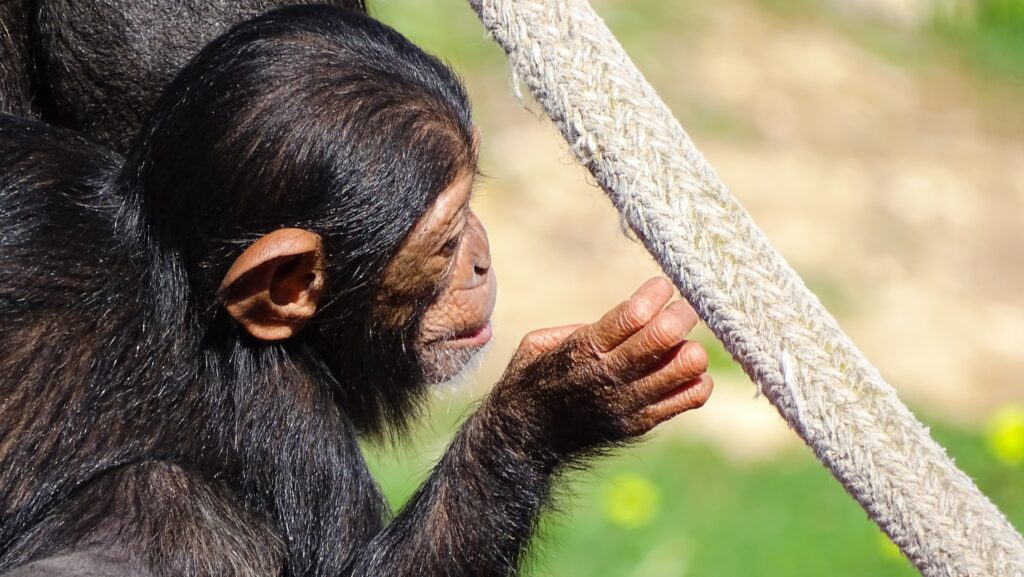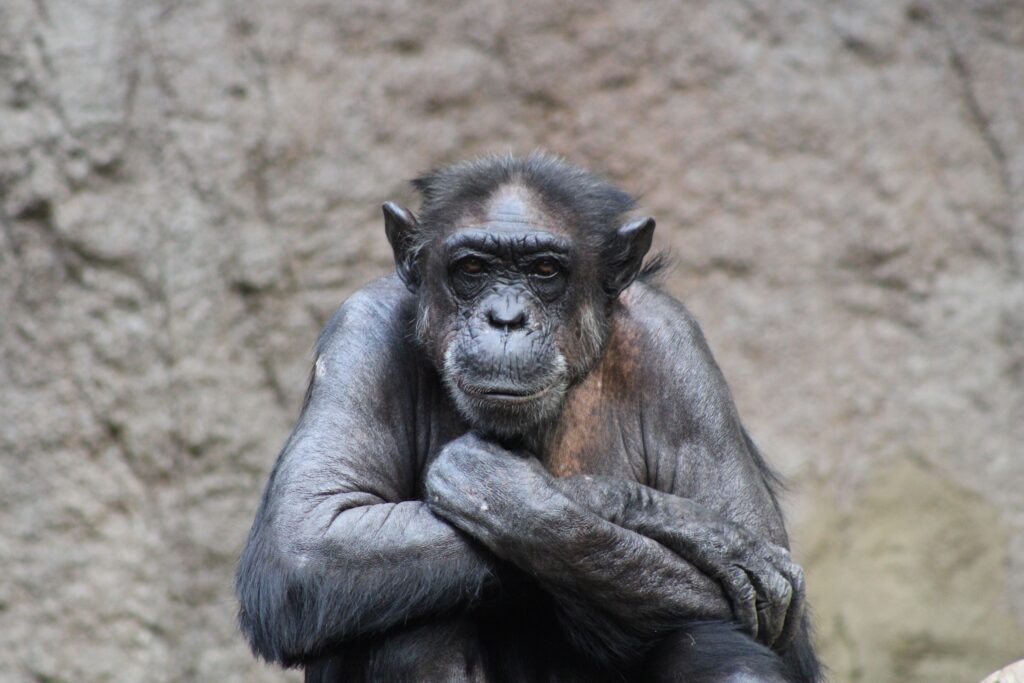Akin To Humans: Chimpanzees May Undergo Growth Spurts In Adolescence
Recent studies have shed light on the fascinating similarity between chimpanzees and humans when it comes to growth patterns. It has been discovered that chimpanzees, our closest living relatives in the animal kingdom, may undergo an adolescent growth spurt similar to humans.

This revelation has sparked interest and raised intriguing questions about the shared developmental processes between the two species.
Traditionally, it was believed that chimpanzees experienced a relatively steady and gradual growth rate throughout their lives. However, new research has challenged this notion, suggesting that chimpanzees, much like humans, experience a significant growth spurt during their adolescent years. This finding adds another layer of similarity to the complex relationship between humans and chimpanzees.
During this period, which occurs roughly between the ages of 8 and 15 in chimpanzees, there is an observed increase in height, weight, and physical maturation. This growth spurt is thought to be linked to hormonal changes and biological adaptations that contribute to the development of the chimpanzee’s adult characteristics.
Interestingly, these changes align with the growth patterns observed in human adolescents, highlighting a shared biological phenomenon.

Understanding the parallels in growth patterns between chimpanzees and humans can provide valuable insights into our evolutionary history. By studying chimpanzees as a model for human development, scientists can gain a deeper understanding of our own growth processes, as well as explore the evolutionary factors that have shaped us.
Moreover, this discovery emphasizes the importance of preserving and studying chimpanzees in their natural habitats. As our closest relatives, they provide valuable insights into our own species’ development and behavior. By unraveling the mysteries of chimpanzee growth spurts, we can further unravel the intricate connection between humans and these remarkable primates.
